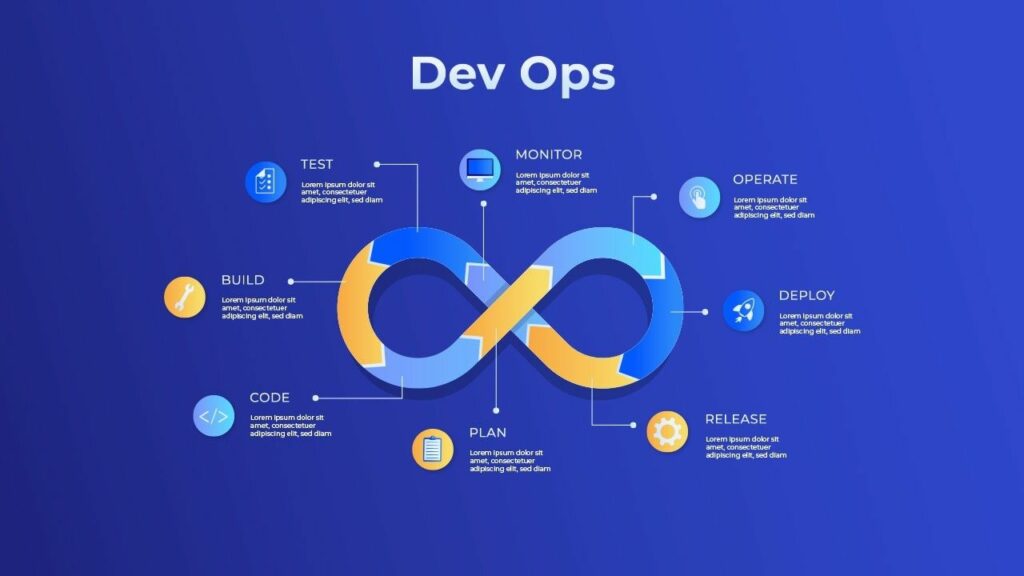When it comes to DevOps, having the right tools can make all the difference in streamlining processes, increasing efficiency, and ensuring successful collaboration between development and operations teams. In this article, we will explore some of the most common DevOps tools that are essential for any organization looking to adopt a DevOps culture.

Introduction to DevOps Tools
DevOps tools are designed to help automate and streamline various aspects of the software development lifecycle, including code building, testing, deployment, monitoring, and more. By using the right tools, teams can work together more efficiently, reduce time to market, and improve overall software quality.
Continuous Integration (CI) Tools
Jenkins: It is one of the most popular open-source automation servers used for building, testing, and deploying software projects. It supports a wide range of plugins, making it highly customizable and suitable for any development environment. Jenkins helps teams automate their build and deployment processes, enabling them to deliver software faster and with fewer errors.
GitLab CI: GitLab CI is another powerful CI/CD tool that is tightly integrated with GitLab, a popular source code management platform. It allows developers to automate the testing and deployment of their code directly from GitLab, providing a seamless workflow for continuous integration and continuous delivery.
Configuration Management Tools
Ansible: It is a simple yet powerful automation tool that allows teams to manage configurations across multiple servers with ease. With Ansible, users can define configuration settings using code, known as playbooks, and then apply them to servers in a consistent manner. This helps to ensure that all servers are properly configured and reduces the risk of human error.
Chef: It is another popular configuration management tool that helps teams automate the deployment and management of infrastructure. With Chef, users can define their infrastructure as code using recipes and cookbooks, making it easy to manage complex server configurations and ensure consistency across environments.
Monitoring Tools
Nagios: It is a widely used open-source monitoring tool that helps teams track the performance and availability of their IT infrastructure. With Nagios, users can monitor servers, applications, and network devices in real-time, alerting them to any issues or failures that may arise. This helps to ensure that potential problems are identified and addressed before they impact end-users.
Prometheus: It is a monitoring and alerting toolkit that is designed for scalability and reliability. It collects metrics from various sources, stores them in a time-series database, and provides a powerful query language for analyzing and visualizing data. Prometheus is well-suited for dynamic environments and helps teams gain insights into the performance of their applications and infrastructure.
Conclusion
In conclusion, the most common DevOps tools mentioned in this article are just a few examples of the many tools available to help teams adopt a DevOps culture successfully. By leveraging these tools, organizations can automate processes, improve collaboration, and deliver high-quality software at a faster pace.
Whether you are new to DevOps or looking to enhance your existing practices, integrating the right tools into your workflow can make a significant difference in your team’s productivity and success.



Good replies in return of this difficulty with real arguments and describing everything about that.